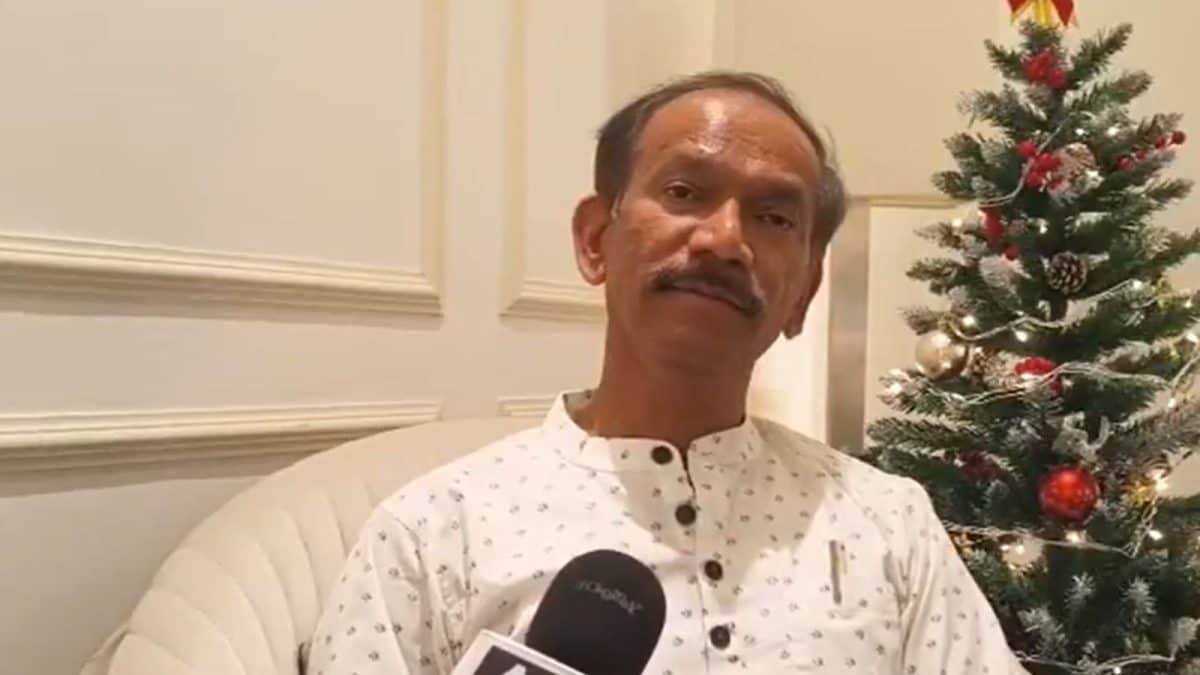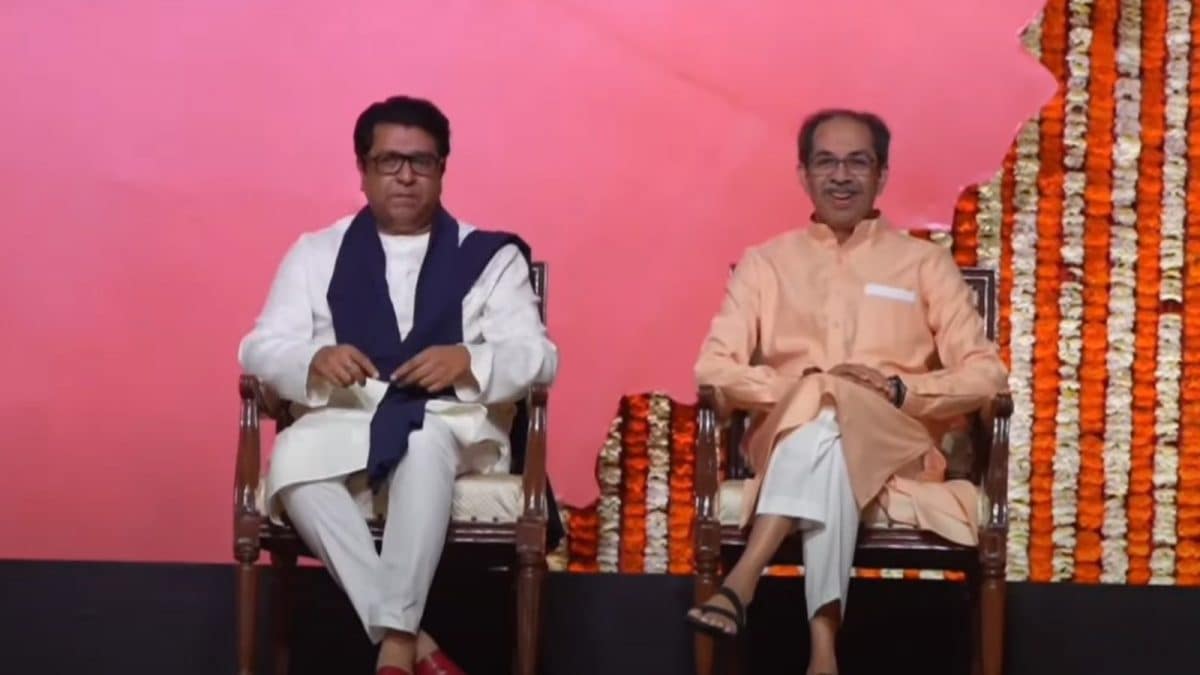Last Updated:
Rahul Gandhi’s televised pushups during the ‘Bharat Jodo Yatra’ were meant to show a new brand of “fitness politics” but it opened a Pandora’s Box of performative fitness

PM Narendra Modi made yoga a soft-power tool, a global photo-op that rebranded Indian culture as both ancient and aspirational. (Image: PTI/File)
Much ahead of the election season, it began as a sideshow: a bit of gym-floor bravado for the cameras. Now, it has practically emerged as a campaign strategy.
Congress leader Rahul Gandhi’s televised pushups during the ‘Bharat Jodo Yatra’ were meant to prove his stamina, spirit, and a new brand of “fitness politics”. Instead, it opened a Pandora’s Box of performative fitness, where biceps meet ballots and abs meet ambition and aspiration.
The target audience here is young voters, first-timers, and Gen Z. Because in India 2025, nothing, not even a politician’s plank, is apolitical.
Early this week, Trinamool Congress general secretary and MP Abhishek Banerjee joined the pushup bandwagon, dropping down at a public event in West Bengal and flexing for the cameras. The crowd roared, the video went viral across social media platforms, and suddenly everyone forgot what the event was actually about.
Somewhere between the first rep and the final smirk, politics became performance art. The pushup, once a test of strength, turned into a metaphor for power projection and a trick to recalibrate political campaigns.
FROM YOGA DIPLOMACY TO GYM DEMOCRACY
For context, it all began with Prime Minister Narendra Modi. Many would agree that long before Rahul Gandhi hit the floor, Modi had already turned fitness into foreign policy.
Modi’s 2014 pitch to the United Nations to mark June 21 as International Yoga Day was not just about stretching; it was strategic diplomacy wrapped in surya namaskars. He made yoga a soft-power tool, a global photo-op that rebranded Indian culture as both ancient and aspirational.
Within India, his ‘Fitness Challenge’ videos urged bureaucrats and ministers to follow suit. Soon, the likes of Union minister Kiren Rijiju were posting workout clips from the gym, BJP MP Tejasvi Surya was tweeting about his “early morning discipline”, and Tripura’s former chief minister Biplab Deb was demonstrating stretches between speeches, each turning wellness into a campaign prop.
Some laughed, others lunged. But the image of the “fit, focused and disciplined leader” stuck. The message was subtle but strong: a leader who can hold a pose can also hold power.
FLEXING THE NARRATIVE
Gandhi’s pushups, however, were less rebellion and more rebranding. A counter-image, rugged, energetic, disciplined, who is meant to wash off the “armchair prince” tag, emerged. The BJP mocked him, but the message resonated with a generation raised on fitness reels and “transformation journeys”.
Banerjee’s recent viral video of doing pushups was a continuation of this gym-floor campaign. His was not just a workout, it was an intelligently crafted slogan.
Bengal’s young dada proved he too could match the optics of vigour and youth. In today’s politics, every pushup is a press statement, every reel a rally, and every sweat drop a soundbite.
And the Gen Z crowd? They love it. They adore it. This is politics they can see as kinetic, clickable, and viral. Manifestos may not trend, but a leader doing fifty pushups surely will.
PUSH, PULL AND POST
Politics has always been about public posturing, creating perception, and building a narrative. The difference between the past and present is the medium. Now it is done in HD. The pushup is the new political handshake, brief, muscular, and deeply photogenic. It signals energy, accessibility, and youth, the holy trinity loved by India’s restless young electorate.
But there lies the irony. The harder they push on stage, the more they pull behind the scenes. It is more about pulling political rivals away or pulling alliances and pulling narratives.

Madhuparna Das, Associate Editor (policy) at CNN News 18, has been in journalism for nearly 14 years. She has extensively been covering politics, policy, crime and internal security issues. She has covered Naxa…Read More
Madhuparna Das, Associate Editor (policy) at CNN News 18, has been in journalism for nearly 14 years. She has extensively been covering politics, policy, crime and internal security issues. She has covered Naxa… Read More
November 07, 2025, 08:00 IST
Read More







